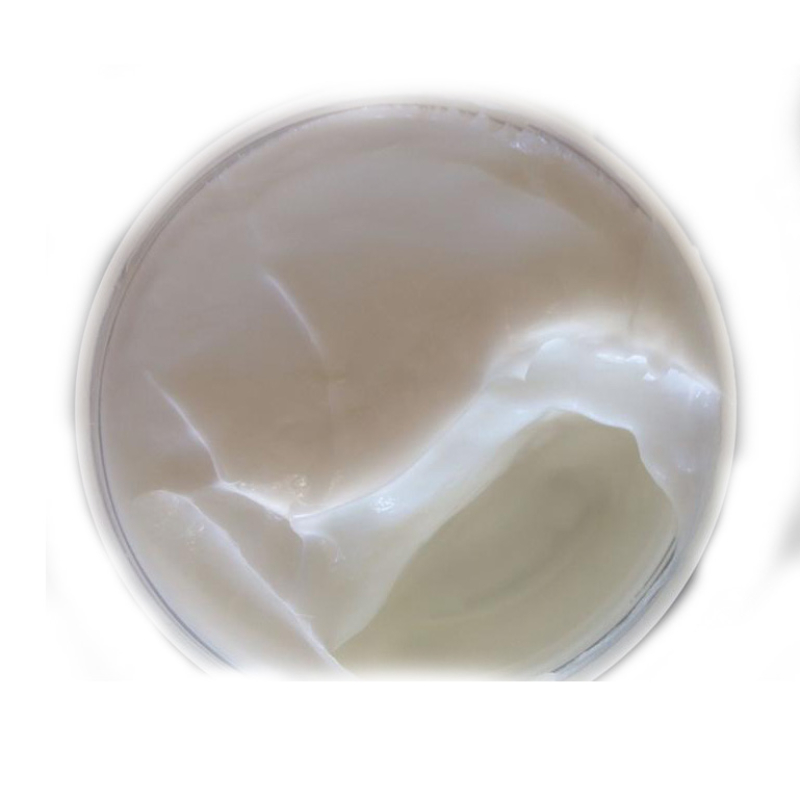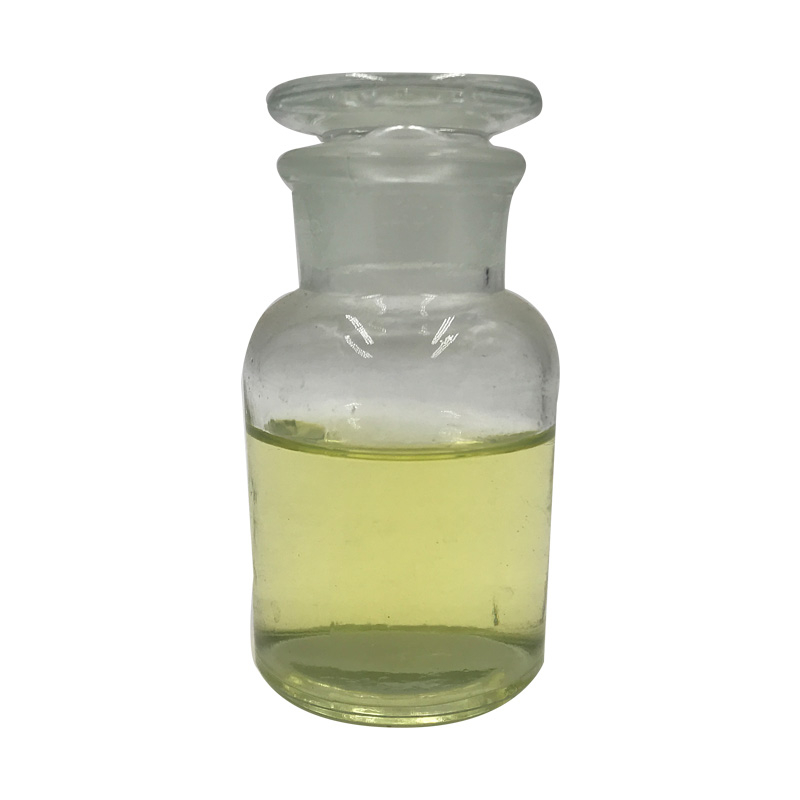Products Description of Ethyl butylacetylaminopropionate CAS#52304-36-6Mosquito repellent, also known as ethyl butyl acetylaminopropionate, BAAPE, IR3535, and Imonin, is a plasticizer and a broad-spectrum, highly effective, low-toxic insect repellent.Ethyl butylacetylaminopropionate Chemical PropertiesMelting point <-20°Boiling point bp0.2 108-110°; bp0.5 126-127°density 0.987±0.06 g/cm3(Predicted)refractive index nD20 1.452-1.455Fp 318°F (159°C)storage temp. Sealed in dry,Room Temperaturesolubility Acetonitrile (Slightly), Chloroform (Slightly), Ethy
Contact Now
Products Description of Potassium phosphate CAS#778-53-21-Ethyl-2-pyrrolidone is a transdermal absorption-enhancing compound and mechanism of its effect on multilammellar liposome of stratum corneum lipid has been studied.N-Ethyl-2-pyrrolidone is commonly used as a solvent. It has a low boiling point, which makes it suitable for use in low light and at constant pressure. It is also used as an intermediate in the preparation of polycarboxylic acid.
Contact Now
Products Description of Ethyl 2-ethylacetoacetate CAS#607-97-6Used as an intermediate of the drug rebapidEthyl 2-ethylacetoacetate Chemical PropertiesMelting point 170 °C (decomp)Boiling point 87-189 °C/743 mmHg (lit.)density 0.981 g/mL at 25 °C (lit.)refractive index n20/D 1.421(lit.)Fp >230 °Fstorage temp. Keep in dark place,Sealed in dry,Room Temperaturesolubility Chloroform (Slightly), Methanol (Slightly)pka12.02±0.46(Predicted)form Liquidcolor Colorless to pale yellowOdorat 100.00 %.
Contact Now
Products Description of SODIUM METHYL COCOYL TAURATE CAS#12765-39-8Sodium Methyl Cocoyl Taurate (SMCT), also known as sodium methyl coconut taurate and sodium methyl coconut taurate, has a chemical structure of RCON (CH3) CH2CH2SO3Na. It is an amino acid surfactant, a milky white viscous paste at room temperature, a 1% aqueous solution with a pH of 6.5-9.0, active matter >38%, coconut oil soap <2%, and color (APHA) ≤300. It is a milder surfactant than SLS, less irritating to the skin, and has good cleaning power.
Contact Now
Products Description of N-Methyl-2-pyrrolidone CAS#2687-44-7N-methyl-2-pyrrolidone is a nitrogen-containing five-membered heterocyclic compound. It has a wide range of applications due to its following excellent properties: It has high polarity and is completely miscible in most organic solvents (alcohols, ethers, ketones, aromatic hydrocarbons, chlorinated hydrocarbons, etc.). It has high solubility in organic and inorganic substances. It can be miscible with water in any proportion. It has a higher flash point than other similar solvents.
Contact Now
Ethyl acetate CAS# 141-78-6Chemical Properties:Ethyl acetate (structure shown above) is the most familiar ester to many chemistry students and possibly the ester with the widest range of uses. Esters are structurally derived from carboxylic acids by replacing the acidic hydrogen by an alkyl or aryl group. Ethyl acetate itself is a colourless liquid at room temperature with a pleasant "fruity" smell, b.p.
Contact Now
Products Description of METHYL LAURATE CAS#111-82-0Obtained by esterification of lauric acid and methanol. Heat the mixture of lauric acid, anhydrous methanol and concentrated sulfuric acid to reflux for 18 hours, pour the reaction into water, and separate the ester layer. Wash with water, saturated sodium bicarbonate solution and water in turn.
Contact Now
Products Description of 3-Ethyl-3-oxetanemethanolCAS#3047-32-3Mainly used for UV polymerization, synthesis of coatings and resins.
Contact Now
Products Description of Poly(methyl methacrylate)CAS#9011-14-7Polymethyl Methacrylate (PMMA) is a high molecular polymer, also known as acrylic or organic glass. It has the advantages of high transparency, low price, and easy machining. It is a commonly used glass substitute material.On October 27, 2017, the World Health Organization's International Agency for Research on Cancer published a preliminary list of carcinogens for reference.
Contact Now
Methyl Acetate CAS#79-20-9Methyl acetate, additionally viewed as MeOAc , acetic acid methyl ester or methyl ethanoate, is a carboxylate ester with the formula CH3COOCH3. It is a flammable liquid with a generally high-quality smell reminiscent of some glues and nail polish removers.
Contact Now
Products Description of Vinylbenzyl chloride CAS#30030-25-2Chloromethylvinylbenzene can be used as an organic synthesis intermediate and a pharmaceutical intermediate, mainly used in laboratory research and development processes and chemical production processes.Vinylbenzyl chloride Chemical PropertiesMelting point -30°CBoiling point 229 °C(lit.)density 1.074 g/mL at 25 °C(lit.)vapor density 5.3 (vs air)vapor pressure 1 mm Hg ( 56.1 °C)refractive index n20/D 1.572(lit.)Fp 221 °Fstorage temp. -20°Csolubility Acetonitrile (Slightly
Contact Now
Products Description of Benzalkonium chloride CAS#8001-54-5Benzalkonium chloride (BAC for short) is a quaternary ammonium salt compound. As a broad-spectrum fungicide of cationic surfactants, it can effectively control the growth of algae and slime in water, and has good slime stripping effect and certain dispersion and penetration effects. It also has certain degreasing, deodorizing and corrosion inhibition effects.
Contact Now
Products Description of 2,2'-Azobis(2-methylpropionitrile) CAS#78-67-1White columnar crystals or white powdery crystals.
Contact Now
Glycerol CAS#56-81-5Discover the power of Glycerin (CAS#56-81-5), also known as vegetable glycerine or liquid glycerol, a key component in a wide array of industries.
Contact Now
Products Description of Glycerine CAS#56-81-5Glycerin is an important basic organic raw material. It is widely used in industry, medicine and daily life. Currently, it has about 1,700 uses. It is mainly used in medicine, cosmetics, alkyd resin, tobacco, food, Chemicalbook acid resin, and celluloid. and explosives, textile printing and dyeing, etc. Glycerol consumption in areas such as alkyd resins, celluloids and explosives is on a downward trend. However, its applications in medicine, cosmetics, and food will continue to grow. It can form a nutrient source after hydrolysis in the body.
Contact Now
Products Description of Cellulose diacetate CAS#9035-69-2White powderCellulose diacetate Chemical PropertiesEPA Substance Registry SystemCellulose, diacetate (9035-69-2)Factory and Equipment ShowFast delivery timeInventory 2-3 working days New production 7-10 working days
Contact Now
Products Description of Methyl 3-amino-2-pyrazinecarboxylate CAS#16298-03-6The molar refractive index of methyl 3-aminopyrazine-2-carboxylate is 38.44, the molar volume (m3/mol) is 116.0, the isotonic volume (0.2K) is 326.2, the surface tension (dyne/cm) is 62.4, and the polarizability (10-24cm3) is 15.24.Methyl 3-amino-2-pyrazinecarboxylate Chemical PropertiesMelting point 169-172 °C (lit.)Boiling point 300.8±37.0 °C(Predicted)density 1.319±0.06 g/cm3(Predicted)storage temp. Keep in dark place,Sealed in dry,2-8°Csolubility Chloroform, Methanolform Crystallin
Contact Now
Calcium Chloride (CAS#10043-52-4) - High-Quality Solution for Various IndustriesProduct OverviewCalcium Chloride (CaCl2), a high-purity industrial and food-grade compound, offers a versatile solution for applications across multiple industries.
Contact Now
Phosphoric Acid(industrial grade) CAS#7664-38-2Phosphoric Acid, with the chemical formula H₃PO₄ and CAS number 7664-38-2, is a versatile inorganic acid that plays a crucial role in a multitude of industries.
Contact Now
H3PO4 CAS#7664-38-2Welcome to our detailed product page for Phosphoric Acid, also known as Orthophosphoric Acid, with the chemical formula H3PO4 and registration number CAS#7664-38-2. This industrial grade acid is the cornerstone of various industries, providing a range of applications from agriculture to food processing.
Contact Now
Products Description of Poly(tetrahydrofuran)CAS#25190-06-1Polytetrahydrofuran is a white waxy solid that is easily soluble in alcohols, esters, ketones, aromatic hydrocarbons and chlorinated hydrocarbons, but insoluble in aliphatic hydrocarbons and water.
Contact Now
Products Description of Butyl acrylate CAS#141-32-2Butyl acrylate is mainly used to make polymer monomers for fibers, rubbers, and plastics. It is used in the organic industry to make adhesives, emulsifiers, and as an organic synthesis intermediate.It is used in the papermaking industry to make paper reinforcing agents. It is used in the coating industry to make acrylic coatings. Butyl acrylate (butyl acrylate) is the most important variety of acrylic esters.
Contact Now
Products Description of PAGOCLONE CAS#133737-32-3Pagolone is a specific GABA (Gamma-aminobutyric acid) receptor modulator that can reduce stuttering.
Contact Now
Products Description of GALDEN (TM) HT70 CAS#69991-67-91. Compared with hydrocarbon lubricants, perfluoropolyether lubricants have basically similar molecular structures.
Contact Now


































